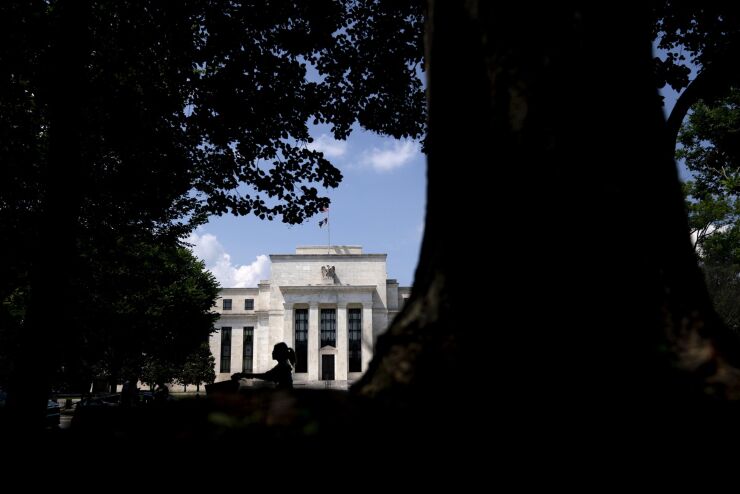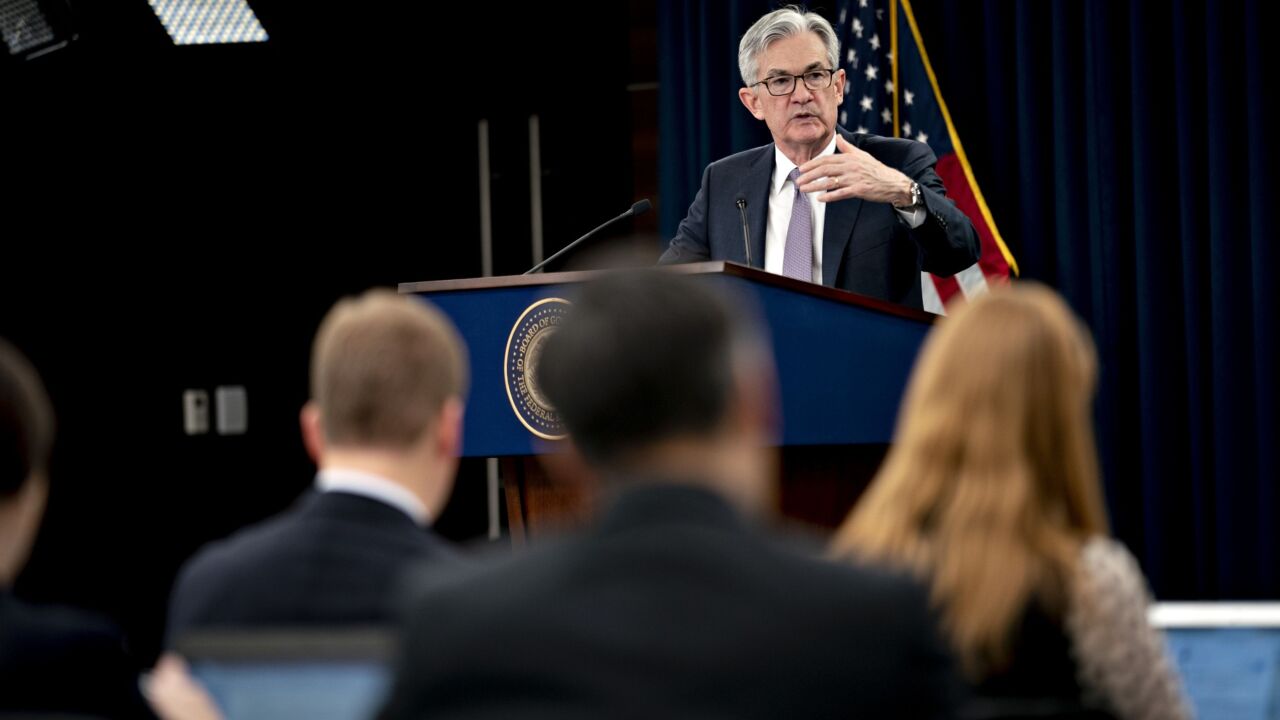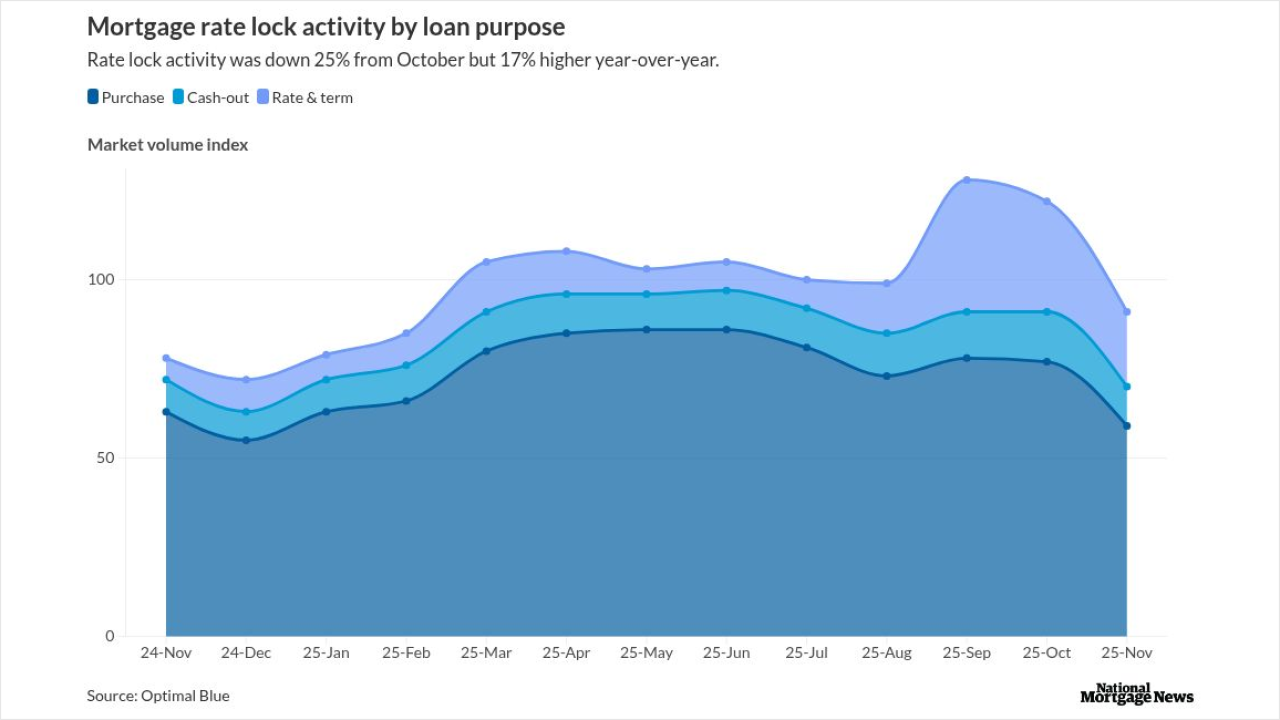
The Federal Reserve used its semiannual monetary policy report to tout its
The report, released Friday morning, noted that the central bank's ability to conduct monetary policy unilaterally enjoys "
"It is widely understood that the monetary policy actions that deliver maximum employment and price stability in the longer run may involve restraining measures that entail short-run economic costs, while actions that raise output and employment to unsustainable levels have no long-run real benefits and may lead to elevated inflation rates," the report noted. "These considerations highlight the value of monetary policy being carried out by an independent agency whose decisions are based on the congressionally assigned dual mandate."
The Fed also detailed, at length, its efforts to craft its policies in a transparent way and explain them to the public. It notes the initiatives that have expanded the Fed's accountability during the past 30 years, including issuing a joint policy statement and holding a press conference after each Federal Open Market Committee meeting, as well as the agency's various reports and speeches from its officials.

"The shift to greater transparency has reflected not only the fact that transparency supports the Federal Reserve's accountability, but also widespread acceptance that transparency can contribute to the effectiveness of monetary policy," the report notes.
The report also summarizes the Fed's policy actions from the past few months, including its decisions to hold its benchmark interest rate steady and slow the pace of its balance sheet reduction. Echoing statements from the FOMC and individual Fed officials, the report noted that inflation has slowed considerably and economic conditions should allow for policy rates to be eased in the near future — as soon as the committee feels the slowdown is sustainable.
Fed Chair Jerome Powell is set to appear in front of the Senate Banking Committee on Tuesday and the House Financial Services Committee on Wednesday to discuss the findings of the report and answer questions from committee members. This is standard practice for the Fed's biannual monetary reviews.
The Fed has released monetary policy reports at least twice a year since 1997, typically issuing one during the first quarter — in February or March — and one around the middle of the year — in June or July. The overviews typically cover a wide range of developments, both at the Fed itself and in the broader economy, to explain the actions made to date and give a sense of where policy might be heading.
Transparency and independence are not often highlighted in its monetary policy reports. The last time they were was in February 2019, as the Fed prepared to launch its Fed Listens event series in conjunction with its first-ever monetary policy strategic review.
Such reviews are supposed to take place every five years, meaning the central bank will soon be due for one. During a recent press conference, Powell said the process will begin later this year or early next, but declined to disclose any specifics about the scope of the review.
The report also noted that the financial system appears to be on sound footing, but noted several areas of potential weakness for banks.
In particular, the report flagged "sizable" paper losses on fixed-rate assets and heavy reliance by many banks on uninsured deposits as top concerns. It also noted that a combination of higher funding costs and greater expected losses on commercial real estate and consumer loans would likely put downward pressure on bank profits.
The report also noted that while loan growth has grown during the past five months, it remains tepid, noting that corporations have favored bond issuance over bank borrowing for their debt needs. It added that regional bank stock prices have continued to decline in recent months while large bank valuations have risen, reflecting "lingering concerns" about regional banks in the wake of last year's run of failures.
Still, the Fed found that most banks have capital levels "well above" their statutory minimums and liquidity is "ample," as banks have shied away from short-term wholesale funding.




